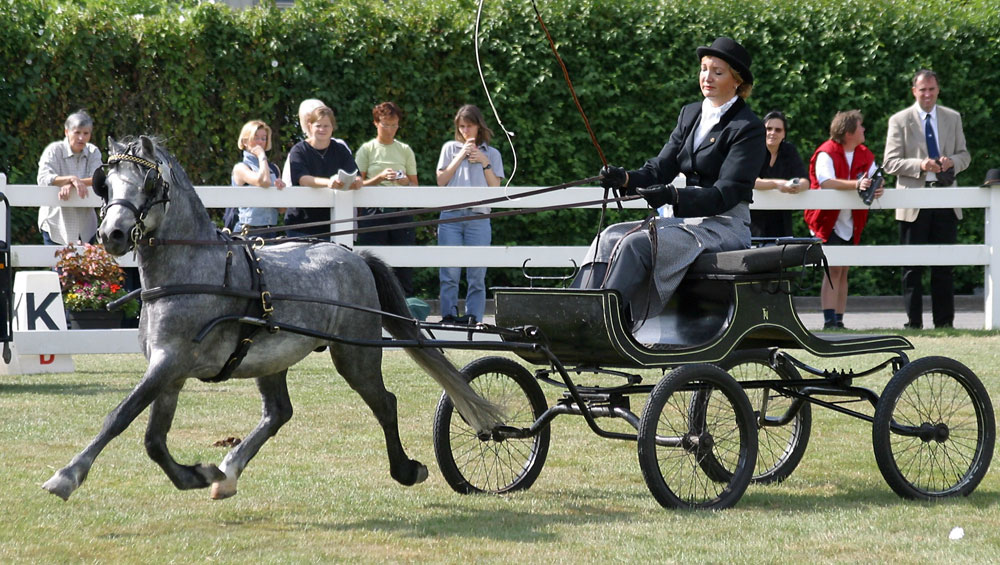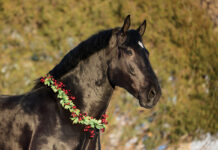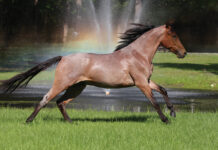Welsh Pony and Cob History
The wild wind-swept hills and valleys in Wales developed the characteristics of the Welsh Pony and Cob. Through the years, they lent their use to hill farmers and shepherds, landowners and deliverymen. In 1901, the Welsh Pony and Cob Society was established in Wales. Since the original wild pony had evolved into different looking animals, to establish a standard for each type the studbook was divided into sections A, B, C and D.

Welsh Pony and Cob Characteristics
Welsh ponies and cobs come in all colors, including roan and palomino but not pinto.
For more information:
- The Welsh Pony and Cob Society (Wales), www.wpcs.uk.com;
- The Welsh Pony and Cob Society of America, www.welshpony.org
Further Reading:





